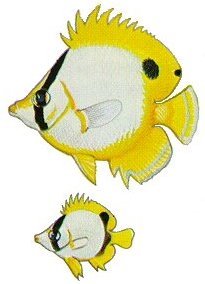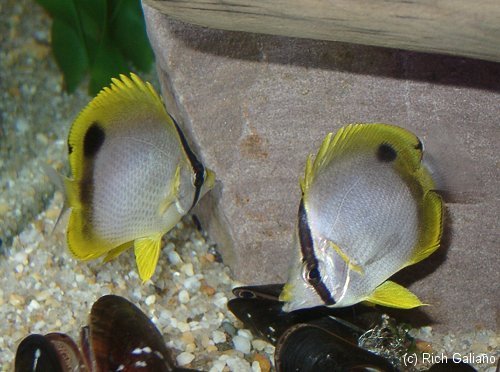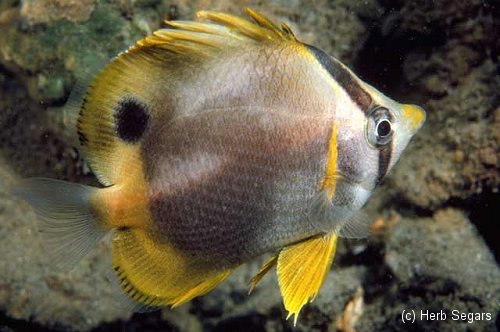The proper way to fill a scuba cylinder is very slowly so that the heat generated by the filling process can be bled away as it happens, and the tank does not become overheated. That's a great theory, but in real life, nobody does it that way. Most tanks are "hot-filled", that is to say, that they are filled too fast to prevent them from heating up during the process. If they are filled directly off a compressor, then they will receive a very hot fill. You would be surprised how warm the surface of a tank can get. This is not much of a safety issue, though, as it is well within the thermal limits of the material, either aluminum or steel.
The real issue here is that eventually ( after a few hours ) the tank will cool down, and as it does, the air inside will contract, and the pressure will drop. This typically results in about a 10% loss of pressure. At this point, you could top it off to the rated pressure again and have a truly full tank. Most of the time that's not an option. Therefore, if the shop hot-fills your tank to 3000, you will end up with 2700. To get 3000, you need to fill the tank to about 3300. While this is verboten, it is well within the 5/3 overpressure of the hydro test, and realistically there is no danger. The slight overpressure may wear out your o-rings a little faster, but o-rings are cheap - get a dozen of them at the hardware store for a buck.
More: Air Fills ...




